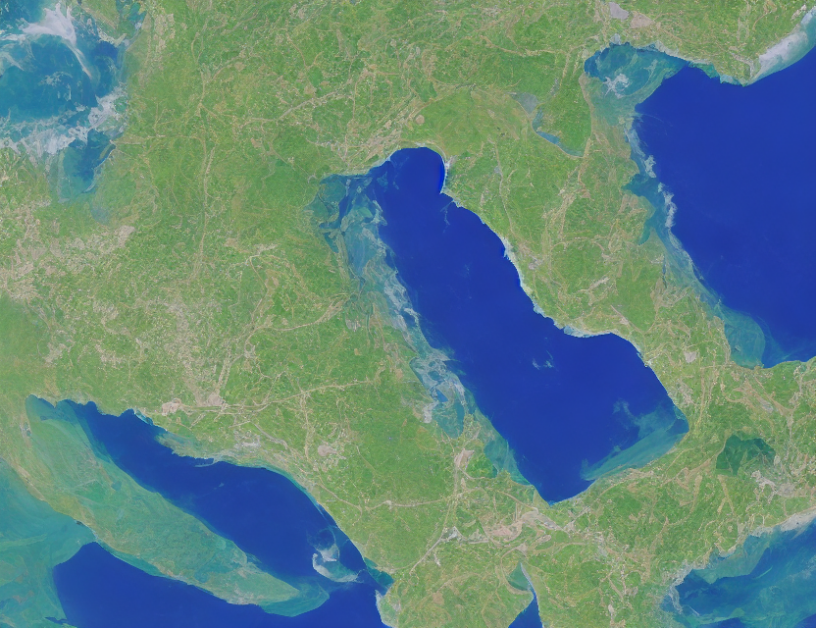The internet of things (IoT) is expanding beyond land and into the ocean. Underwater IoT, or UIoT, has the potential to revolutionize industries such as marine research, offshore oil drilling, and coastal monitoring. However, there are significant challenges to overcome, including limited bandwidth, energy harvesting, and standardization. This review aims to provide an overview of recent methods for underwater communication and their comparison based on service quality criteria.
Storage
In the underwater environment, storage is crucial due to limited transmission range and energy limitations. To address this challenge, researchers are exploring various storage options, including flash memory, optical storage, and underwater sensors. These technologies can help improve data retrieval and reduce energy consumption.
Comparison of Recent Methods
Several methods for underwater communication have been proposed in recent years, including acoustic, optical, and electromagnetic signals. Each method has its advantages and disadvantages, such as transmission range, bandwidth, and power consumption. A table comparing these methods based on service quality criteria is provided in the review.
Standardization
Lack of standardization is a significant challenge in underwater IoT. There are currently no established standards for underwater communication, which can lead to interoperability issues and hinder the widespread adoption of UIoT technology. To address this challenge, researchers are calling for standardization efforts to be put in place.
Future Research Directions
The future of underwater IoT is promising, with potential applications in various fields. However, there are significant challenges that need to be addressed before UIoT can become a reality. Future research should focus on developing new technologies and standards for underwater communication, improving energy harvesting and storage, and addressing privacy and security concerns.
Conclusion
Underwater IoT has the potential to revolutionize various industries and provide valuable insights into marine environments. However, there are significant challenges that need to be overcome before UIoT can become a widespread reality. This review provides an overview of recent methods for underwater communication and their comparison based on service quality criteria. The authors call for standardization efforts to be put in place to address the lack of standardization, improve energy harvesting and storage, and address privacy and security concerns. With continued research and development, UIoT has the potential to unlock new possibilities in various fields.



